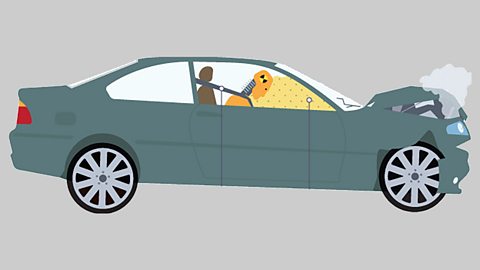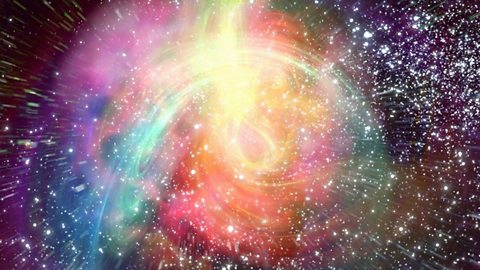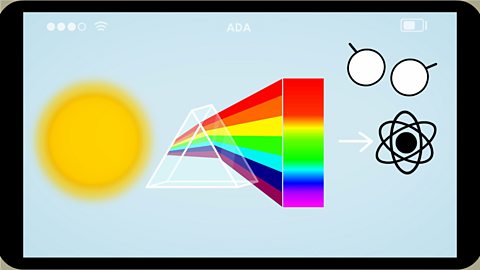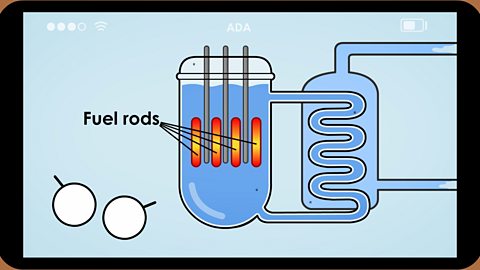Forces, space and radioactivity
Distance, speed and acceleration – WJEC
The motion of an object can be predicted by analysing the forces that act on the object. Balanced forces have no effect, while unbalanced forces can lead to change in acceleration.

Newton’s Laws – WJEC
In 1687, Isaac Newton created three laws of motion to describe the relationship between a body and the forces acting upon it, and how the body moves in response to those forces.

Work and energy – WJEC
Work and energy looks at GPE, KE and elastic energy, and how they are conserved. It also looks at the relationship between force and extension, as well as how car features absorb energy in a crash.

Further motion concepts – WJEC
Moving objects have momentum, and forces cause it to change. The total momentum in an explosion or collision is conserved and stays the same. Equations of motion apply to uniformly accelerated motion.

Stars and planets – WJEC
The Earth forms part of a family of eight planets which orbit around the Sun. This solar system forms part of a huge collection of stars which form the Universe and are also known as galaxies.

The Universe – WJEC
The study of atomic absorption spectra allows us to determine the chemical make-up of stars. It shows that galaxies are moving away from us in an expanding Universe.

Types of radiation – WJEC
Three subatomic particles have different charges and masses. Radioactive particles decay and release alpha, beta and gamma radiation - natural and artificial sources of background radiation.

Half-life – WJEC
Radioactive isotopes are used for blood flow monitoring, cancer treatment, paper mills, carbon dating and smoke alarms. Each isotope used in these applications has a characteristic half-life.

Nuclear decay and nuclear energy – WJEC
Nuclear fission is the splitting of a radioactive nucleus to release energy. High-energy collisions between light nuclei can result in fusion, which releases energy.

Video playlist
Constructing a half-life graph. Video
Sara and Beca learn about constructing a half-life graph.

The chemical composition of stars. Video
Ada the science app explains how stars have their own unique fingerprint.

Cosmological red shift. Video
Ada the science app explains the expansion of the Universe.

The life cycle of stars. Video
Ada the science app explains the life cycle of a star.

Fission. Video
Ada the science app describes fission using a game of pool as a comparative.

Radioactive emissions. Video
During a comic book convention, Ayla and Aiysha meet an old super-hero, Alpha-man.

Making simple calculations. Video
Ada helps pass the time in a long queue by explaining half-life.

Links
- External linkExternal link
- External linkExternal link
- External linkExternal link
- External linkExternal link
- SubscriptionSubscription
- External linkExternal link
- SubscriptionSubscription
- External linkExternal link